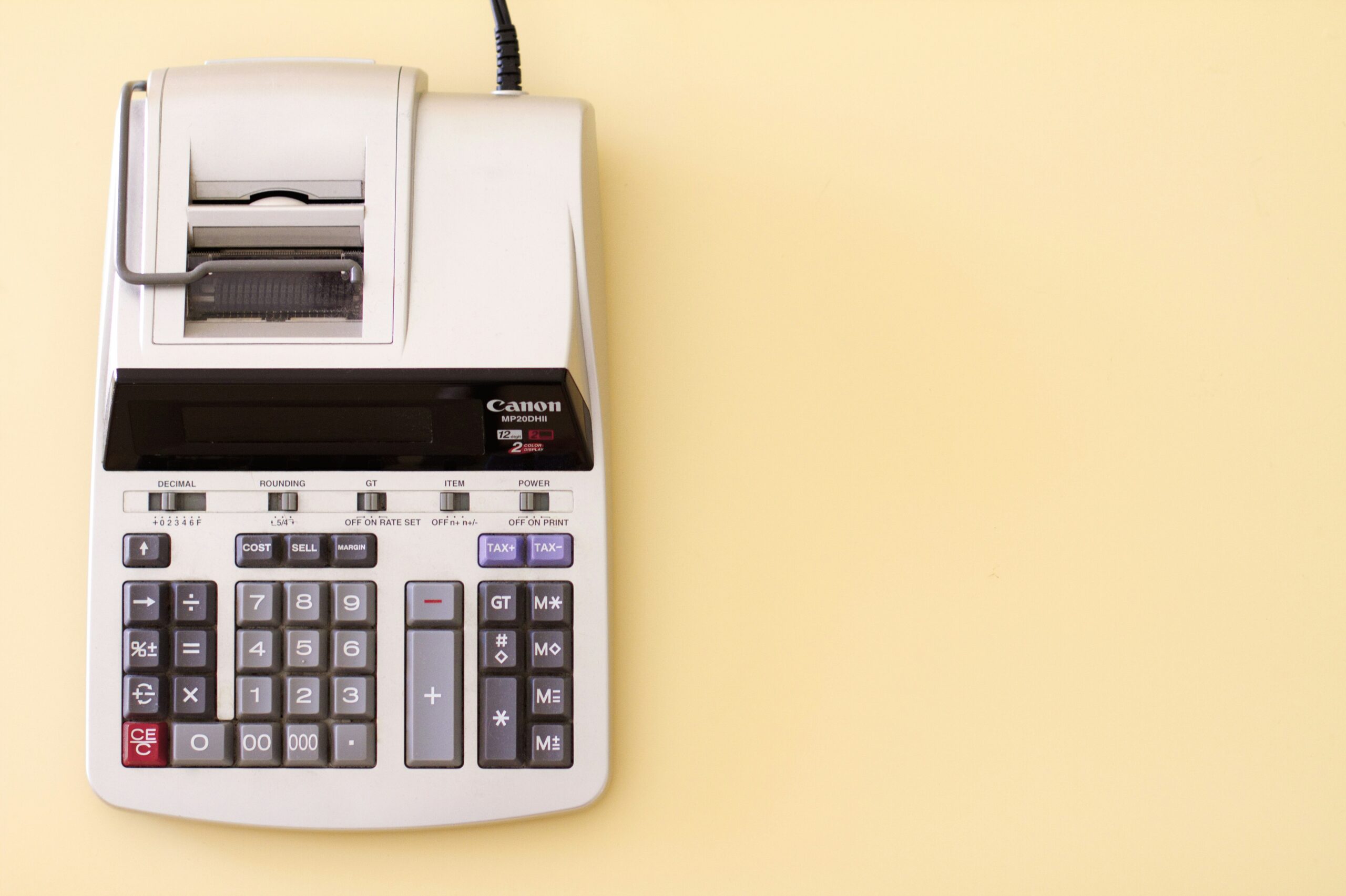Clients often ask about the definition of “household employee” for tax reasons. And our response is always that you have a “household employee” if you hired someone to do household work and that worker is your employee.
What’s more, the worker is your employee if you control not only what work is done, but how it’s done. It doesn’t matter whether the work is full or part time. Nor does it matter whether you pay on an hourly, daily or weekly basis, or by the task performed.
The key determination is the control you exert. The following is a household employer tax guide you can use.
Some examples of household employees are: Babysitters, butlers, caretakers, drivers, groundskeepers, cooks, house cleaners, maids, nannies and private nurses/health aides.
Who is not a household employee? If you don’t control how the work is done, the worker is considered “self-employed” and not subject to employee taxation by you. This person is contract labor, and is responsible for meeting his or her own income tax requirements. A contract babysitter/child care worker, for example, would be a person performing childcare in his or her own home, not yours. You would not be required to call this person an employee.
You have a household employee; what do you do? You should be withholding and paying social security and Medicare taxes as well as federal unemployment taxes. You are not required to withhold federal income taxes from your employee’s wages, but you can do that upon the employee’s request.
Each state has additional reporting and taxation requirements. In New York, for instance, you must register as an employer, report a newly hired employee, pay unemployment insurance, withhold income taxes and provide workers compensation and disability insurance.
The worker is your employee if you control not only what work is done, but how it’s done.
How do you know if the employee has legal status in the United States? It is unlawful to knowingly hire or continue to employ an alien who can’t legally work in the United States. You should complete the U.S. Citizenship and Immigration Services (USCIS) Form I-9, Employment Eligibility Verification.
On the first day of work, the employee must complete the I-9 and provide at least two pieces of documentation attesting to his or her current work-eligibility status in the United States. You, as the employer, must complete the form by examining the documents presented. Keep copies of these documents in your employer/employee records.
How do you pay the withholding amounts from your household employee? You should obtain an employer identification number (EIN) by filing a Form SS-4, either online or via mail. When you pay your household employee, you will withhold the required federal and state taxes, and decide how to pay the federal and state governments via withheld taxes.
Generally, federal taxes will be paid by filing Schedule H with your form 1040 on April 17, 2018. Therefore, these taxes need to be considered for any withholding or estimated tax payments you make during the year. Contact your state for your state’s payment requirements.
By January 31, 2018, you must file form W-2 and Form W-3 with the Social Security Administration, and give copies of the W-2 to the employee. By April 17, 2018, or when you file your federal return, include Schedule H (Form 1040) with your 2017 federal income tax return.
Of note:
- If you pay any household employee less than $2,000 in wages in 2017, none of the wages are subject to Medicare or social security taxes.
- A few individuals are excluded from the definition of household employee:
- Your spouse
- Your child under the age of 21
- Your parent (with certain exceptions)
- An employee under the age of 18 at any time during the year
You may have had household employees in the past, but didn’t pay taxes for them. Now what? You may be liable for the employment taxes that you should have withheld and paid. Interest and penalties may also be charged. You also may have a penalty for not providing the end-of-year W-2 form to your employee as well as to the SSA.
Filing returns late creates red flags and additional problems. Obtain advice as to your employee’s status; then take any necessary actions.
In Summary: Employing household employees creates complicated income tax considerations, filings and record-keeping requirements.
This article was originally published in the May–July 2017 issue of Worth.
















